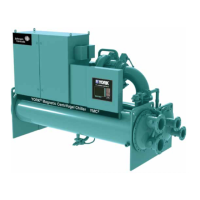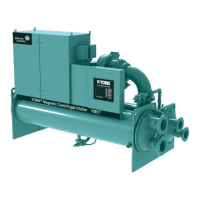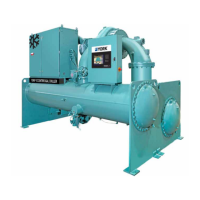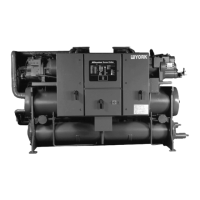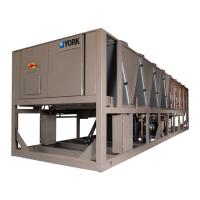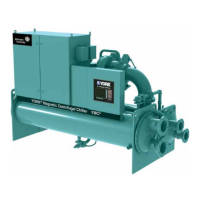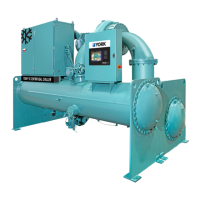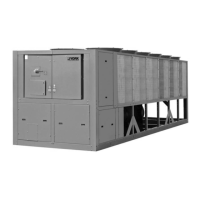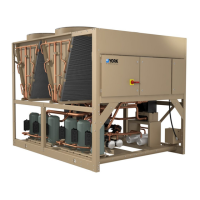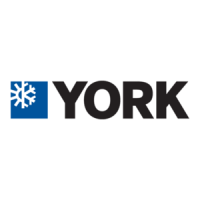What to do if my York Chiller has abnormally low suction pressure?
- SScott GrossAug 3, 2025
If your York Chiller is experiencing abnormally low suction pressure, it could be due to: * Insufficient refrigerant. Check for leaks and add refrigerant to the system. * A variable orifice problem. Remove any obstruction. * Dirty or restricted evaporator tubes. Clean the evaporator tubes. * Insufficient load for the system capacity. Check the capacity control operation and the setting of the low water temperature shutdown setpoint.
